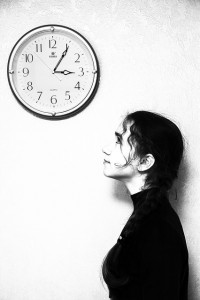Gwynn Scheltema
Like a lot of teenage girls, I kept a diary for several years. Entries are a hodgepodge of the trivial: (we didn’t have the geography test today), funny: (my blue dress seems to have shrunk and Daddy is not amused!), and, on occasion, surprising: (I found myself sleepwalking last night).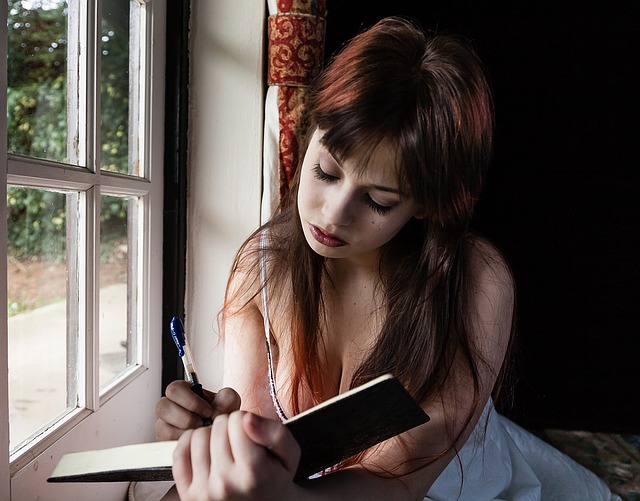
I wrote strictly about my life, what happened and how I felt about it. The diaries were hard-cover, date-at-the-top-of-the-page books, and fifty years later, I still have them. I’m glad I have them. But I know I likely wouldn’t if they had been soft-cover spiral-bound notebooks.
And now?
Yet these days, I do journal in spiral-bound notebooks—and tiny pocket notepads, on the computer and in large books with unlined paper. So why the difference?
What prompted me to think about my different journals, was a comment on my post To Edit or Not to Edit, where she mentioned the Steinbeck style of journaling (a guest post by by Kendra Levin on Brian Kelms blog) where Steinbeck had a “companion journal” chronicling his progress on his novel. I don’t have a Steinbeck companion journal (yet), but I do have a variety of journals that serve different purposes and their physical form does seem to influence their use.
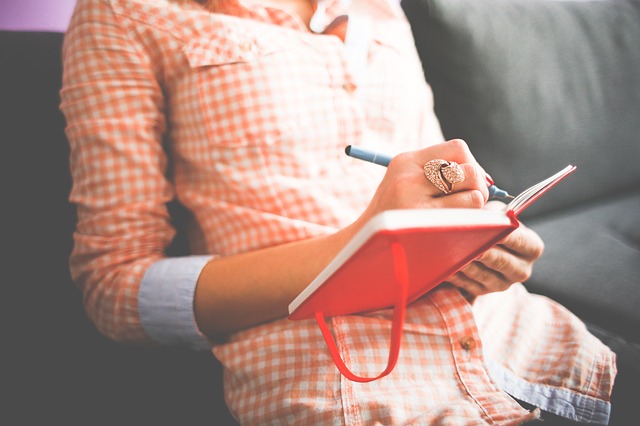 Sadly, I have several beautiful journals—handmade paper, illustrated, filled with wise sayings, beautifully bound—and I will likely never write in them. I’m afraid I’ll “spoil” them, like everything I write in them needs to be perfect. Silly, maybe, but that’s me. Many writers are inspired by beautiful paper or pens, or illustrations and bindings. Just not me.
Sadly, I have several beautiful journals—handmade paper, illustrated, filled with wise sayings, beautifully bound—and I will likely never write in them. I’m afraid I’ll “spoil” them, like everything I write in them needs to be perfect. Silly, maybe, but that’s me. Many writers are inspired by beautiful paper or pens, or illustrations and bindings. Just not me.
So here’s what I use and why:
Journal for Morning Pages
After the teenage years, I didn’t journal for decades. What got me back into it was Julia Cameron’s creative self-discovery book The Artists Way, where I discovered morning pages—three pages of uncensored writing done first thing in the morning. No rules, don’t overthink, just write three pages of something. When I first started, a lot of it was ranting or wishing and even to-do lists. But now, it’s a mix of personal and creative. Most of my poetry starts in mornings pages, and I use it to “talk out” fiction problems too, and start fiction scenes.
 I tried various sizes, lined and unlined, and finally settled on a 6 x 9 lined. It fits easily on my bedside table and filling 3 pages doesn’t intimidate me. The reality is, I often fill far more. They fill up quickly, so I invested in a leather refillable version that closes with a tab and has a pen holder. Refill notebooks are cheap and easily found at the dollar store, because it is a standard size. I’m not forced to buy refills from the original manufacturer. As I finish each one, I label it with the dates it covers and store them on a shelf in my writing room.
I tried various sizes, lined and unlined, and finally settled on a 6 x 9 lined. It fits easily on my bedside table and filling 3 pages doesn’t intimidate me. The reality is, I often fill far more. They fill up quickly, so I invested in a leather refillable version that closes with a tab and has a pen holder. Refill notebooks are cheap and easily found at the dollar store, because it is a standard size. I’m not forced to buy refills from the original manufacturer. As I finish each one, I label it with the dates it covers and store them on a shelf in my writing room.
B.I.C. File
Morning pages are done by hand on paper before I get out of bed. If I wrote everything by hand, however, I would waste a lot of time typing it up. So I have a computer journal too.
I house it in Scrivener, and the project name is BIC (bum in chair). I write here with the same uncensored writing attitude as morning pages: sometimes timed freefall sessions, sometimes writing prompts, all in an attempt to stay ahead of the internal critic. It works. Many blogs and fiction scenes have been birthed here. When I create something I think is useful, it’s easy to copy and paste it to the relevant writing file and keep going.
Journal for Anytime – Anywhere
This notebook has to fit in my purse, so it’s much smaller, about 3 x4, dollar store quality. In it, I record odd thoughts or observations that come to me when I’m out and about. It has no organizing method, and I make sure it doesn’t have too many pages, because if it stays rattling around too long in my purse, it tends to fall apart. This forces me to take the contents and do something with them: type them up in appropriate computer files (blog ideas; scenes for the novel; poetry ideas etc.), add them to projects, or discard them.
Visual Journal
 A good friend of mine keeps her journal in a large blank-paged artist’s sketch book. She writes in it, draws in it, sticks photos and leaves and feathers in it too. It’s like a giant scrapbook, and she says she likes the freedom of not having lines. I’m not so good with things that don’t have boundaries—safety edges—but I do keep a version of this. I have one for my novel, with newspaper clippings, photos, magazine cut-outs, maps of towns or plans of houses. Visual stuff. Electronically, I use Pinterest (a board for each novel) and Scrivener has great research capabilities for keeping visuals and web links.
A good friend of mine keeps her journal in a large blank-paged artist’s sketch book. She writes in it, draws in it, sticks photos and leaves and feathers in it too. It’s like a giant scrapbook, and she says she likes the freedom of not having lines. I’m not so good with things that don’t have boundaries—safety edges—but I do keep a version of this. I have one for my novel, with newspaper clippings, photos, magazine cut-outs, maps of towns or plans of houses. Visual stuff. Electronically, I use Pinterest (a board for each novel) and Scrivener has great research capabilities for keeping visuals and web links.
Teeny-tiny sentence-a-day journal
 Quite by chance, I was given a pocket journal, about the size of a credit card. I wondered what on earth I could possible use it for. I decided I would force myself to observe through all the senses and each day write just a single line to describe something in a different way. The sentence-a-day part didn’t work out, but those single lines have inspired poetry and been a great exercise for my creative mind.
Quite by chance, I was given a pocket journal, about the size of a credit card. I wondered what on earth I could possible use it for. I decided I would force myself to observe through all the senses and each day write just a single line to describe something in a different way. The sentence-a-day part didn’t work out, but those single lines have inspired poetry and been a great exercise for my creative mind.
Whether you want to keep the personal separate from your fiction, or hate margins, or need space to draw, it’s all your choice. Ultimately, there is no right or wrong form for a journal. What’s important is that it suits your way of creating.
What journals do you keep and why?

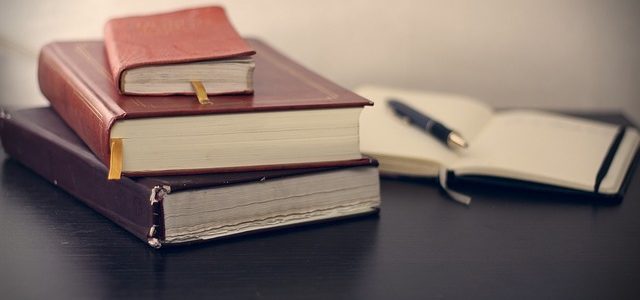
























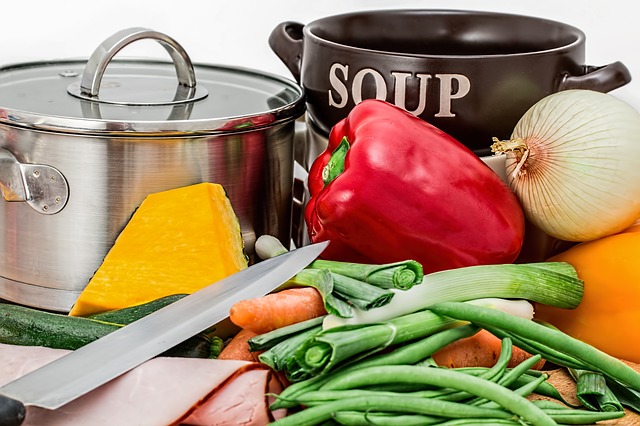 There are many things you can do on your artist’s date. Because our creative brain is a sensory brain, anything that stimulates the senses or fires up the imagination will work: a walk in the park, making soup, lying on your back and watching clouds, going to a food or music festival. It doesn’t matter as long as you do it mindfully.
There are many things you can do on your artist’s date. Because our creative brain is a sensory brain, anything that stimulates the senses or fires up the imagination will work: a walk in the park, making soup, lying on your back and watching clouds, going to a food or music festival. It doesn’t matter as long as you do it mindfully. This Crime Writers Festival showcases nine Canadian women authors of crime and mystery. On Friday evening at “The Mysterious Affair,” a table-hopping event introduces each of the authors in turn:
This Crime Writers Festival showcases nine Canadian women authors of crime and mystery. On Friday evening at “The Mysterious Affair,” a table-hopping event introduces each of the authors in turn: 
 Often when you begin writing about the subject of the prompt — say swimming in a lake — it can take you somewhere else — say an experience of drowning or crab baskets in Italy or how your father never believed in taking vacations. Go there. Forget the prompt and go where the energy is.
Often when you begin writing about the subject of the prompt — say swimming in a lake — it can take you somewhere else — say an experience of drowning or crab baskets in Italy or how your father never believed in taking vacations. Go there. Forget the prompt and go where the energy is. Switch it up
Switch it up Write what you know
Write what you know  Be specific
Be specific Lists
Lists






 The facilitator was
The facilitator was  And the day delivered—in spades. There were many “ah ha” moments. Here’s one about paradox:
And the day delivered—in spades. There were many “ah ha” moments. Here’s one about paradox:

 A unicorn is a symbol of purity and also, paradoxically, of lust. In the play, “
A unicorn is a symbol of purity and also, paradoxically, of lust. In the play, “
 Writing is, for the most part, a solitary act. Sometimes lonely, sometimes blissfully peaceful. But I find that too much alone time as a writer is not always good. Yes, I might get more written, but it can also sometimes skew my writing perspective.
Writing is, for the most part, a solitary act. Sometimes lonely, sometimes blissfully peaceful. But I find that too much alone time as a writer is not always good. Yes, I might get more written, but it can also sometimes skew my writing perspective.
 Challenge yourself to use visual description sparingly, and increase the use of the other senses instead. Try also to limit scene description to just two or three details. (And make sure that the details are ones that the characters would naturally notice and not just things the author wants the reader to notice.)
Challenge yourself to use visual description sparingly, and increase the use of the other senses instead. Try also to limit scene description to just two or three details. (And make sure that the details are ones that the characters would naturally notice and not just things the author wants the reader to notice.)


 through Chapter 1 again. For the moment you are convinced that, yes, you started in the right spot. But you find a short cut on an upper stretch that improves the trip, so you make it. Chapter 1 feels really good now.
through Chapter 1 again. For the moment you are convinced that, yes, you started in the right spot. But you find a short cut on an upper stretch that improves the trip, so you make it. Chapter 1 feels really good now. And the truth is, most first drafts are not publishable. As Hemingway so succinctly said, “All first drafts are shit.” First drafts will have strong parts and weaker bits, and bits that should be axed and areas where more needs to be written. That’s NORMAL. That’s what the editing process is for.
And the truth is, most first drafts are not publishable. As Hemingway so succinctly said, “All first drafts are shit.” First drafts will have strong parts and weaker bits, and bits that should be axed and areas where more needs to be written. That’s NORMAL. That’s what the editing process is for.